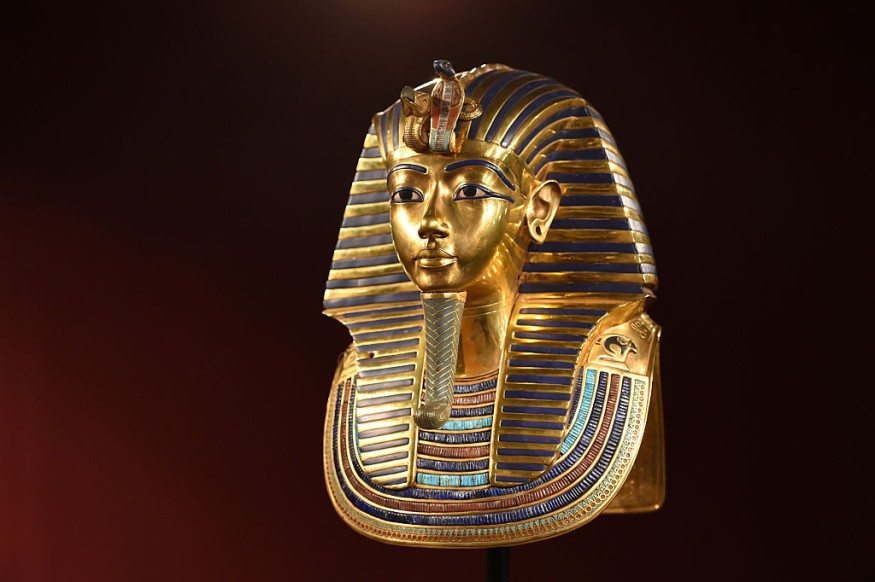
Archaeologists recently discover that one of Egypt's most fascinating artifacts didn't originate in the transcontinental country.
King Tutankhamun's legendary iron dagger has long been discussed by scholars pertaining to its meteoritic origin. Debates had been raised about how the dagger came to be, but the space rock itself that created it revealed a mystery that has not been previously tackled.
Nonetheless, a new study reveals that the 'meteorite dagger' might have come from space, but it most definitely did not land in Egypt - "or on Earth".
"The era of King Tutankhamun was around 1300 BC, during the late Bronze Age," Researcher Tomoko Arai of the Chiba Institute of Technology in Japan told SYFY WIRE. "It is widely believed that the subsequent Iron Age started around 1200 BC. That is when the presence of the Tut iron dagger has raised doubt."
Researchers reported in a study recently published in Meteoritics and Planetary Science the chemical analyses of the nicely preserved meteoritic iron dagger found in the tomb of King Tutankhamen.
King Tut's iron dagger might have been brought from outside Egypt
Going back to history, Tutankhamun, commonly known as King Tut, reigned and lived a short life (1361-1352 B.C.) during Egypt's 18th dynasty-that is, during the Late Bronze Age, before the period of widespread iron use known as the Iron Age. He is known chiefly for his intact tomb, which includes a magnificent golden portrait mask on the King's head, numerous pieces of jewelry and amulets laying upon the mummy and in its wrappings.
Having little claim to fame, Tutankhamun was better known for his tomb which had been documented and renowned through the highly popular "Treasures of Tutankhamun" exhibit featured in the Tutankhamun Exhibition. Unlike these riches, his iron dagger may not have looked as much but it tells a lot about how meteoritic iron was well established at that time.
This iron-made artifact suggests that the metal was obtained from meteorites, but its manufacturing method remains unclear. Since a manufacturing technology to make a dagger out from meteoric iron may not have been present in the 18th dynasty Egypt, written evidence suggests that King Tut's iron dagger might have been brought from outside Egypt.
Whispers from the Amarna letters
The Kings's dagger had a pattern that could have only been from an octahedrite - the most common iron meteorites known to have a Widmanstätten pattern, formed by lines of kamacite (an iron-nickel alloy). While the location of where this meteorite landed and how the dagger was made remain unknown, the dagger was zapped with X-rays which provided researchers a better idea of what it was made of.
"This structure consists of Ni-poor Fe metal (kamacite) and Ni-rich Fe metal (taenite)," said Arai. "General forging temperature of steel is above 1,742° F. The dagger was generated by low to moderate temp forging, so the Widmanstätten structure survived during its manufacture."
The 3,400-year-old tablets known as the Amarna Letters which kept records of diplomatic matters around the time gave researchers hypothesis that the dagger was indeed foreign. "We find the plaster used for the gold hilt was also what was not used in the ancient Egypt during that era. We think this is also in line with a foreign origin," Arai noted.
© 2025 NatureWorldNews.com All rights reserved. Do not reproduce without permission.




